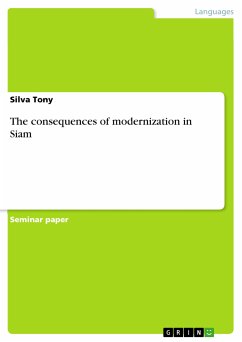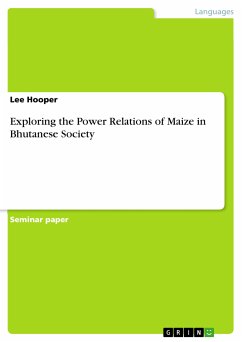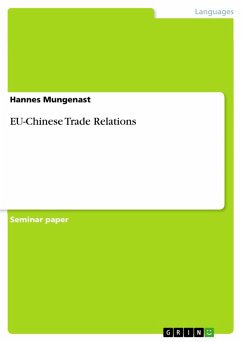Essay from the year 2006 in the subject Asian studies, grade: High Distinction, James Cook University (James Cook University), course: Feudal Japan from 1600 to 1868, language: English, abstract: Unprecedented concentration and tremendous social influence were the two intrinsically linked phenomena that characterized the Edo period (1603-1868). Firstly came the rise of urban centres, in particular Edo, Kyoto and Osaka and secondly, a new social strata that developed within these cities. The two events of an urban concentration and a prosperous bourgeoisie - the chonin, a combination of artisans and nouveau-riche merchants - were elemental for the expansion of segregated and licensed pleasure quarters offering every form of amusement, but which were then subjected to close governmental supervision. There were two reasons for control: Firstly, to fight subversion; and secondly, to keep public morals in check. The latter became necessary when, as the standard of living had gradually improved for the general urban population, the demand for leisure activities and entertainment opportunities had increased accordingly. Shogun (the hereditary military governor military leader equivalent to the rank of general), daimyo (hereditary feudal lords) and samurai or bushi (military nobility) had always spent their money in the city, especially in Kyoto, but now entertainment possibilities extended to the prospering middle-class, who strove to establish a mode of life that would reflect their newly established economic importance; they wanted to enjoy life according to their wealth. Chonin found opportunity for self-assurance by conspicuous consumption of ephemeral pleasures within the 'floating world' - a euphemism for the licensed pleasure quarters - where money reigned supreme and everybody was able to take on a role in accordance to his means.
Dieser Download kann aus rechtlichen Gründen nur mit Rechnungsadresse in A, B, BG, CY, CZ, D, DK, EW, E, FIN, F, GR, HR, H, IRL, I, LT, L, LR, M, NL, PL, P, R, S, SLO, SK ausgeliefert werden.









